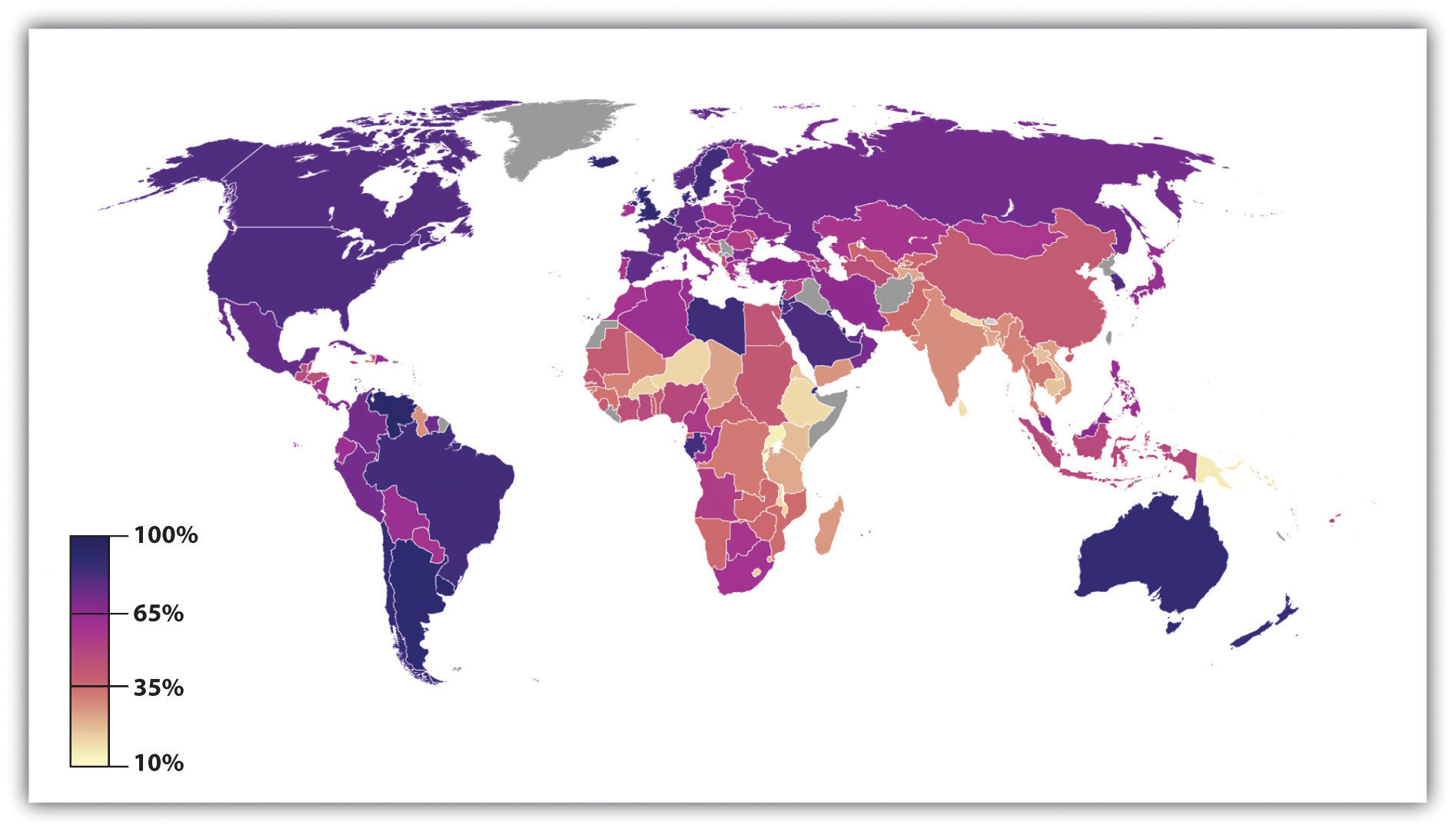As the dust settles from the global pandemic, America’s largest cities face a new kind of turbulence, navigating economic challenges that could redefine their fiscal landscapes for years to come. From Boston to San Francisco, and extending to states like Arizona and Maryland, the decline in tourism, the remote work revolution, and decreasing commercial real estate values are just a few of the factors contributing to a growing financial predicament.
In Boston, a stark $1 billion tax deficit looms over the next five years, a direct result of dwindling property tax revenues due to falling commercial real estate prices. San Francisco shares a similar fate, grappling with both diminished tourist activity and the broader implications of a shifting work culture.
These urban centers, along with others such as Denver, Seattle, Washington, DC, and New York, are at a critical juncture, assessing whether budget cuts are the unavoidable answer to their fiscal woes.

America: The Federal Safety Net Unravels
The past four years have been somewhat of a financial rollercoaster for these American localities.
Initially buoyed by federal support during the pandemic, cities and states saw a temporary uplift in revenues from various sources, including direct stimulus checks and enhanced unemployment benefits that spurred consumer spending and, consequently, sales tax revenue.
According to Lucy Dadayan from the Urban-Brookings Tax Policy Center, “With expiring federal funds, the fiscal outlook looks really troublesome for many states and localities.”
This infusion of federal cash enabled some cities to launch new initiatives or bolster existing programs. However, as these funds dry up, the challenge now is to find sustainable funding mechanisms. For New York City, this dilemma is particularly acute.
Carol O’Cleireacain, a budget and planning expert, notes that the city used one-time pandemic funds for ongoing expenses and new programs, creating a precarious financial balance.

The Urban Cost Spiral
Compounding the revenue challenges are escalating costs. Inflation impacts not only individuals but also municipal budgets. From increased labor costs to pricier healthcare and construction materials, American cities are forced to recalibrate their financial strategies continually.
Justin Marlowe, a research professor at the University of Chicago, highlights the rising prices for “basic inputs into the things that local government does,” which include everything from road salt to basic commodities, further straining budgets.
America's biggest cities are becoming unaffordable for even dual-income households:https://t.co/uW7HIvHntB#housing pic.twitter.com/xtkxWv04b5
— Creditnews (@creditnews) March 21, 2024
Societal Shifts and Structural Adjustments
As these cities wrestle with immediate fiscal pressures, they must also prepare for long-term shifts in societal and economic patterns. The aging population, advancements in vehicle technology reducing gas tax revenues, and the ongoing migrant crisis represent significant challenges.
Josh Goodman of the Pew Charitable Trusts points out that “even if a state kind of feels like it’s doing OK right now, the long-term picture is a bit more concerning.”
The case of Maryland exemplifies these broader issues. Following a fiscal respite during the pandemic, long-standing structural deficits have re-emerged.
The unexpected collapse of Baltimore’s Francis Scott Key Bridge and the subsequent financial ramifications underscore the unpredictability and complexity of state budgeting.

A Glimmer of Hope Amidst Fiscal Turbulence
Despite the daunting outlook, it’s not all doom and gloom. The overall strength of the American macroeconomy provides a cushion against potential downturns. States’ rainy day funds, having reached all-time highs, offer some buffer against immediate fiscal shocks.
However, the enduring challenges of the migrant crisis and the evolving office culture necessitate innovative fiscal policies and solutions.
As cities and states stand at this fiscal crossroads, the decisions made today will shape their economic landscapes well into the future. Balancing the budget is more than a financial exercise; it’s a political one, fraught with conflicting priorities and tough choices.
As O’Cleireacain puts it succinctly, “Every budget season, people write budget-crisis stories. Making a budget is political trouble.”
In navigating these complex financial waters, America’s cities and states are not just managing budgets—they are defining the future of urban life and governance. As stakeholders ponder the next steps, the interplay between policy decisions and economic realities will continue to drive the narrative of American urban fiscal health.


